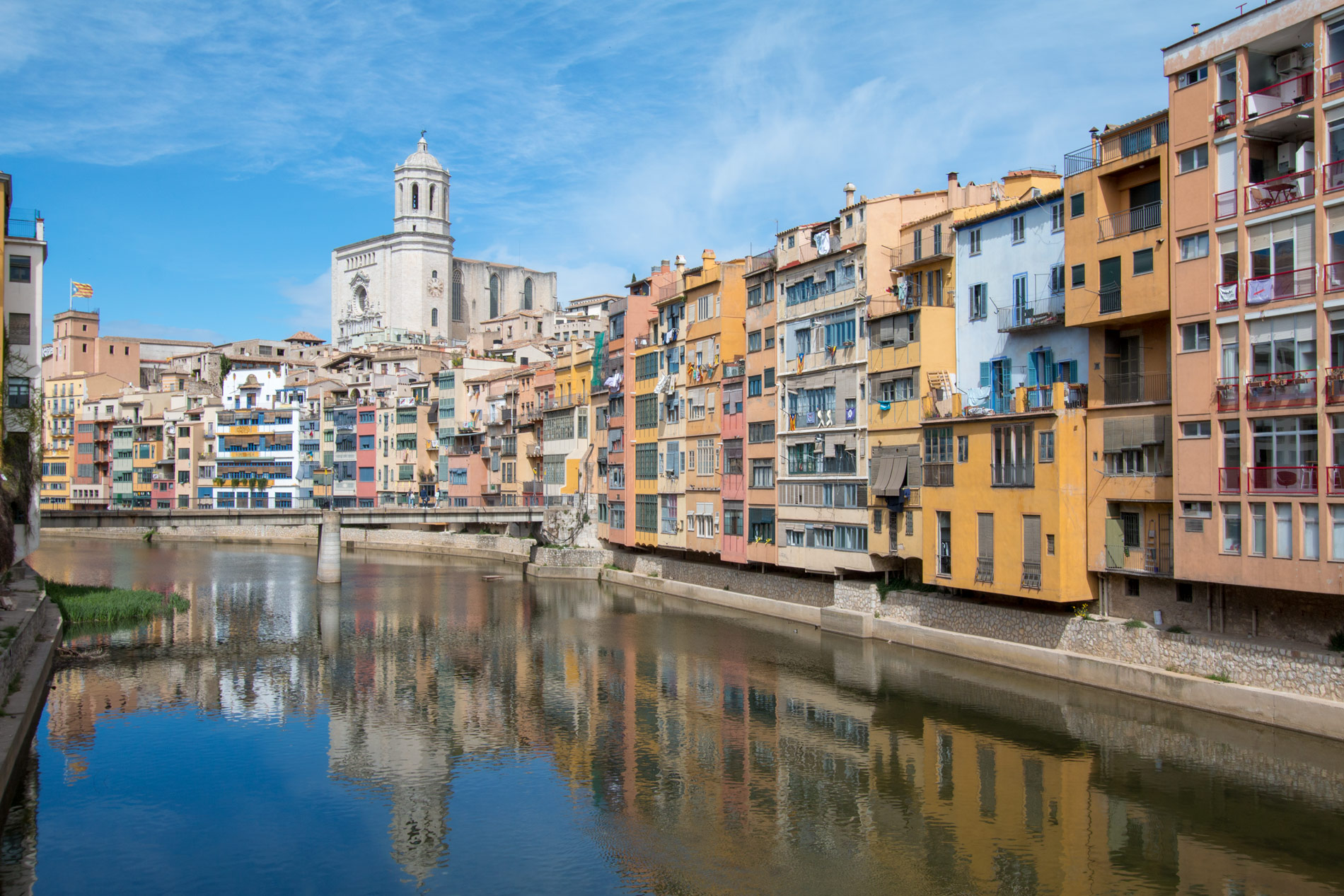Barri Vell de Girona: Art against gentrification
Arte, memoria y el mercado inmobiliario del Barri Vell.
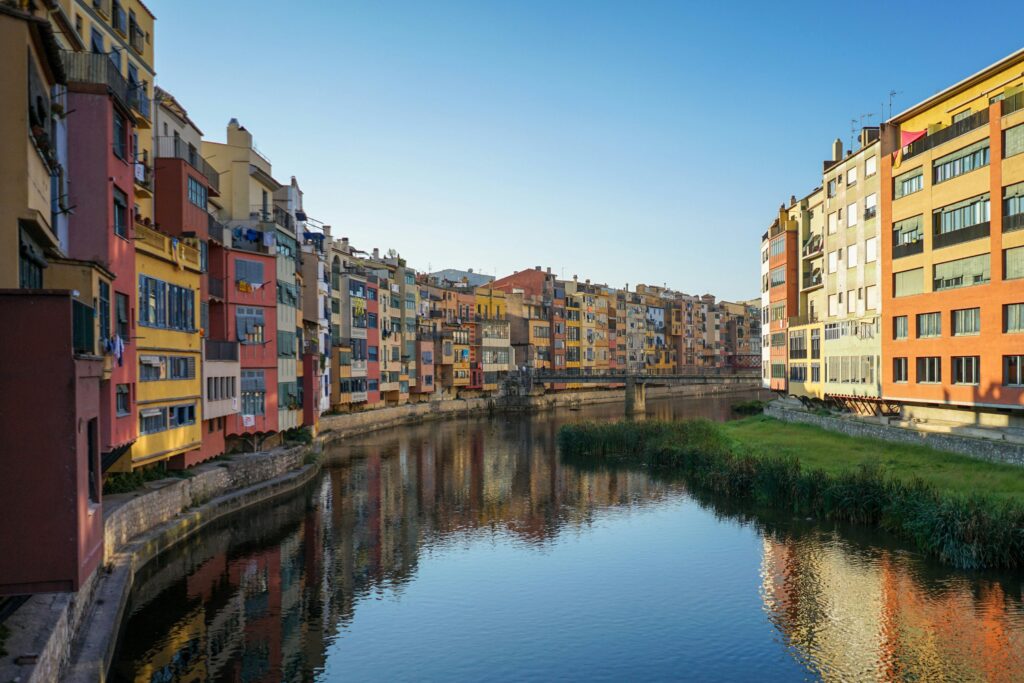
It's been a long time since I've come across the lively gaze of Jordi Mitjà, an artist I have known for years and with whom I shared experiences in a centre for artistic creation in Barcelona; he was a young creator and I worked as a video technician and we shared conversations and laughter. Jordi was already walking in the company of a universe of characters with whom he wove stories often linked to the Empordà.
Life, with its forked paths, took us apart, but our paths have crossed again in Girona, where Jordi's sensitivity to the stories of the territory and its transformations has taken on a new and captivating form.
La historia del Barri Vell de Girona y su transformación inmobiliaria
Walking through the alleys of the Barri VellWith its stones steeped in history and its façades that whisper of centuries, the transformation is palpable. This old heart of Girona has undergone a remarkable revaluation in recent years. Real estate data reflect this change profoundly. At present, el precio medio del metro cuadrado en el Barri Vell se sitúa alrededor de los 3.700 €, con un incremento significativo del 5,7% en el último año. This steady increase has made the area a hotspot for investors and buyers looking for the uniqueness of a historic environment.
This increasing sophistication, while attractive to the real estate market and to investors who see historical beauty as a profitable asset, has a direct impact on the lives of its inhabitants. Rental prices have also risen considerably, making it difficult for many long-term residents to stay in the neighbourhood. This phenomenon of gentrification no solo afecta la accesibilidad a la vivienda, sino que también transforma la dinámica comunitaria y la composición social del vecindario. El Barri Vell, que antes era un refugio de artistas y artesanos con alquileres asequibles, ahora ve cómo la diversidad social disminuye a medida que los precios continúan subiendo.
"The old quarter of Girona has undergone a remarkable revaluation in recent years. The real estate data reflect this profound change.."
With regard to the Torrats street en particular, su transformación es evidente. La calle, que antes era conocida por ser un centro de experimentación artística y vida vecinal, ahora también se ha convertido en un punto de interés turístico y comercial. Esta transformación ha llevado a un aumento de los precios de las propiedades y a una sustitución gradual de los negocios locales por tiendas orientadas al turismo. A pesar de estos cambios, el mural de la calle dels Torrats continúa siendo un testimonio de la historia y la identidad del barrio, un recordatorio de que el Barri Vell es mucho más que solo metros cuadrados y precios crecientes.
The exhibition "Infralocus" and the critique of gentrification
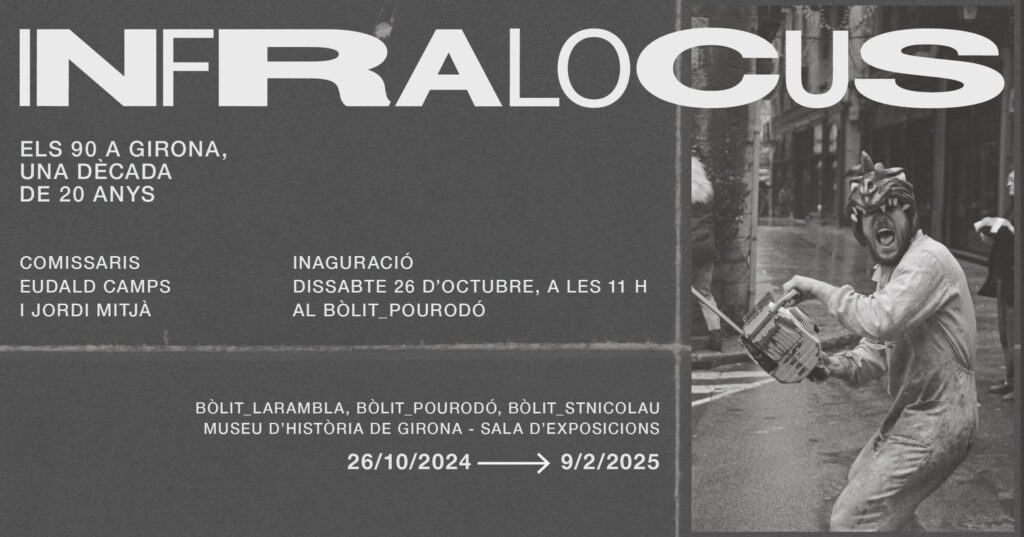
The exhibition "Infralocus, curated by Eudald Camps and Jordi Mitjà, explores precisely this question. With a critical eye, it explores the effects of the gentrification que comenzó a dibujarse en los años 80. Cómo la llegada de nuevos vecinos, a menudo con un poder adquisitivo más elevado, y el constante goteo de turistas han ido modificando el espacio cultural y social de un Barri Vell que antes era refugio de artistas, artesanos y una cuna de creatividad independiente, donde los affordable rents allowed the subsistence of alternative projects and the coexistence of a wider social diversity.
This dynamic not only drives up housing prices, making them unaffordable for many long-time residents with deep roots in the neighbourhood, but also transforms the commercial fabric, replacing local shops with character and history with businesses geared towards mass tourism.
“Paseando por el Barri Vell de Girona, una explosión de color nos recuerda que las piedras viejas tienen memoria y que el arte puede ser la voz de todo un vecindario. Un mural en la calle dels Torrats narra la historia de este barrio y su lucha contra la gentrificación.”
I was recently interviewed on the programme 30 Minuts de TV3, in the report Expats, to talk about gentrification and the effects of the massive arrival of international professionals with high purchasing power. This phenomenon, increasingly visible in Catalonia, has a direct impact on the real estate and local markets, and the loss of social diversity are consequences of a global dynamic that finds resistance - and memory - in artistic expressions such as the mural in Torrats Street.
The mural in Carrer dels Torrats: A Symbol of Resistance
It is in the midst of these changes that the El Foll mural in Torrats street takes on a special dimension. It is not just a painting on the wall; it is a scar of colour that recalls a vibrant past, a voice raised against the oblivion and uniformity that often accompanies real estate revaluation.
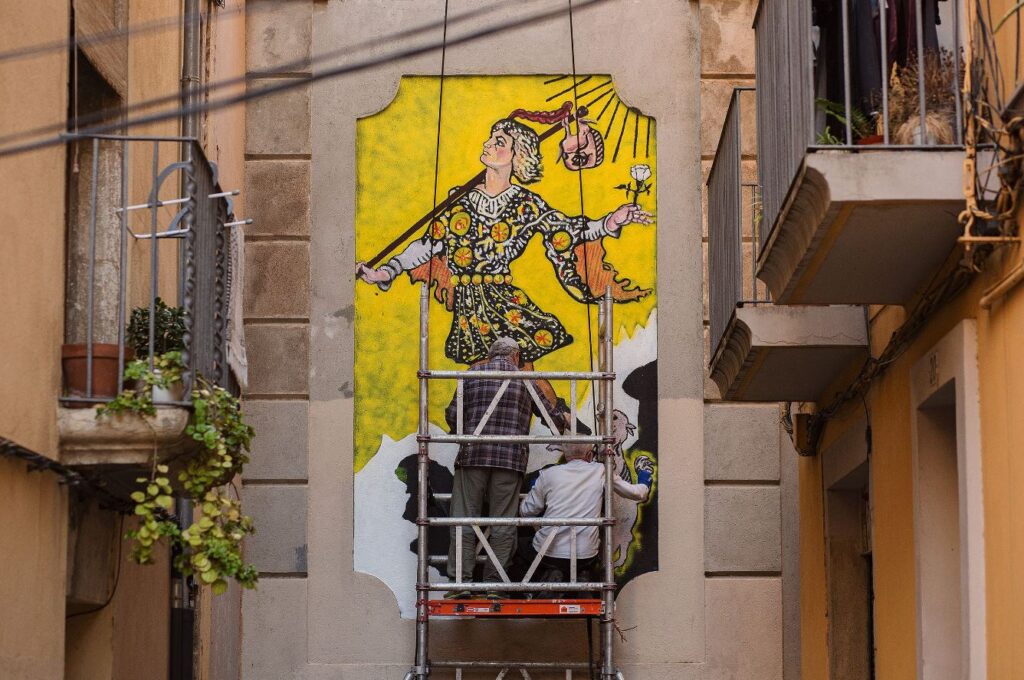
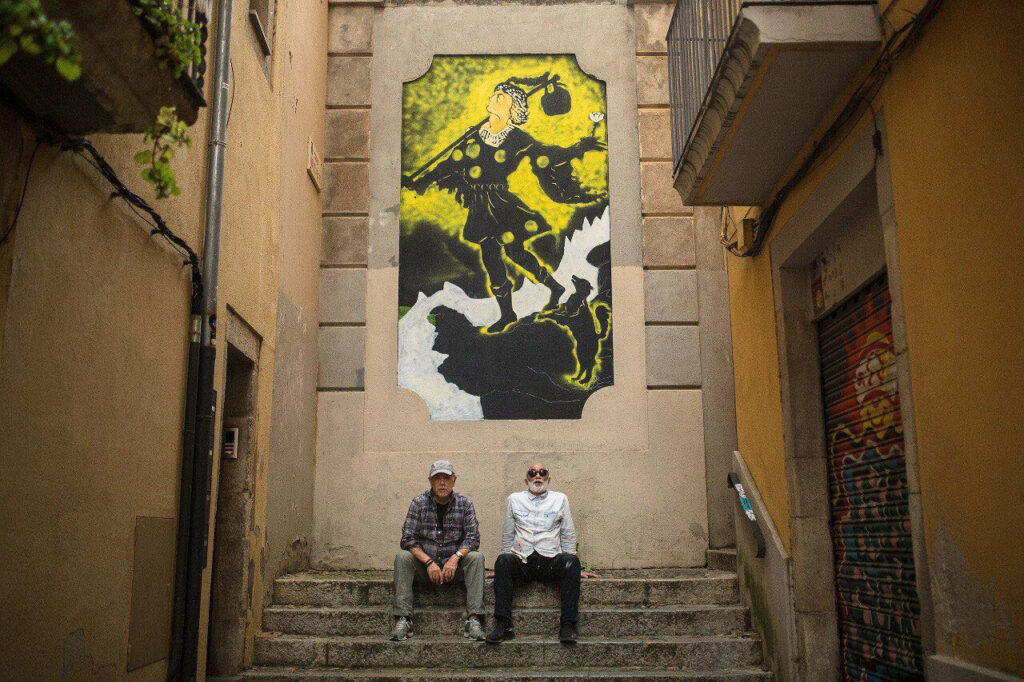
Its restoration, carried out by the artists Pep Admetlla and Jordi Amagat in the context of the "Infralocus" exhibition, is an act of collective memory, a way of keeping alive the spirit of a neighbourhood that is struggling not to lose its essence in the face of market pressure. Carrer dels Torrats, once a stage for artistic experimentation, has now become just another point of tourist and commercial interest. But the recovery of this mural whispers to us that Girona does not want to renounce its creative roots. Amidst the urban and economic dynamics, there is an alternative spirit that refuses to disappear, a cry of colour that reminds new and old inhabitants that life in a neighbourhood is not only measured in euros per square metre.
This mural is more than pigments and shapes; it is a testimony of the life of a neighbourhood, its transformations, its losses and its resistances. It is a silent conversation between the generations, a reminder of that the history of a place can be read not only in its monuments, but also in the artistic expressions that emerge from its walls, in the stories of its neighbours and in the way they relate to the space they inhabit.
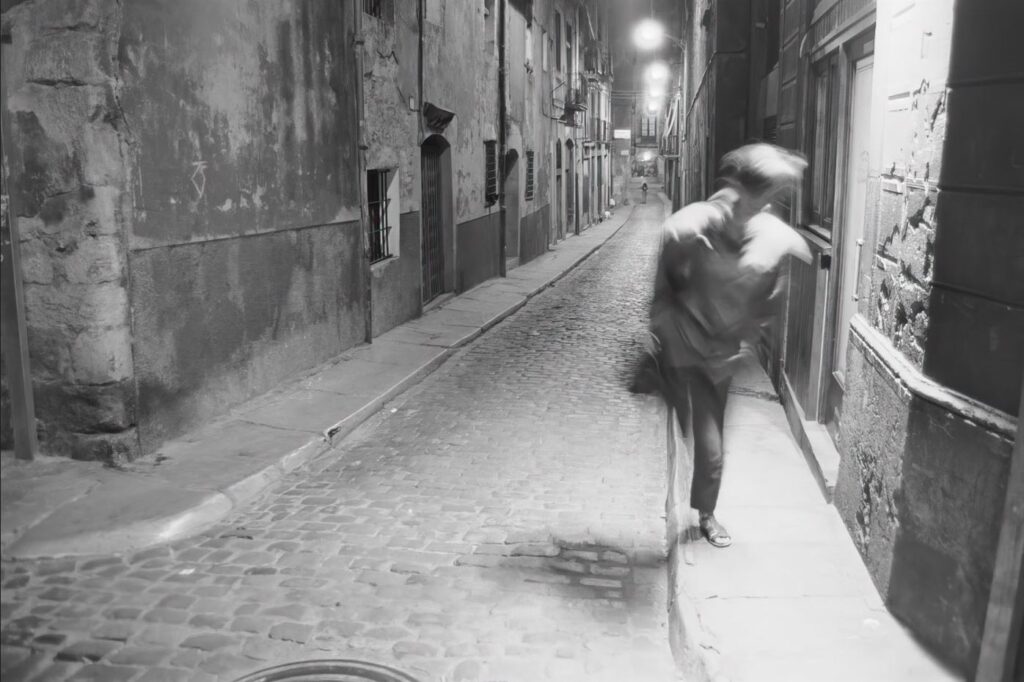
Al pasear por la calle dels Torrats, sentimos que el alma del Barri Vell, a pesar de los cambios en su mercado inmobiliario, continúa viva, hablándonos a través del arte, ofreciendo una perspectiva diferente sobre el valor de un barrio, un valor que trasciende lo puramente económico. Es una invitación a mirar más allá de la fachada revalorizada y a escuchar las historias que las piedras y los murales todavía tienen para explicar sobre la vida real de un barrio en constante transformación.



